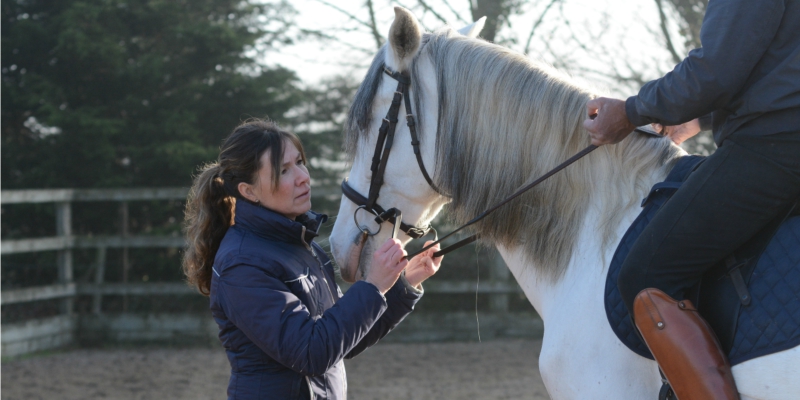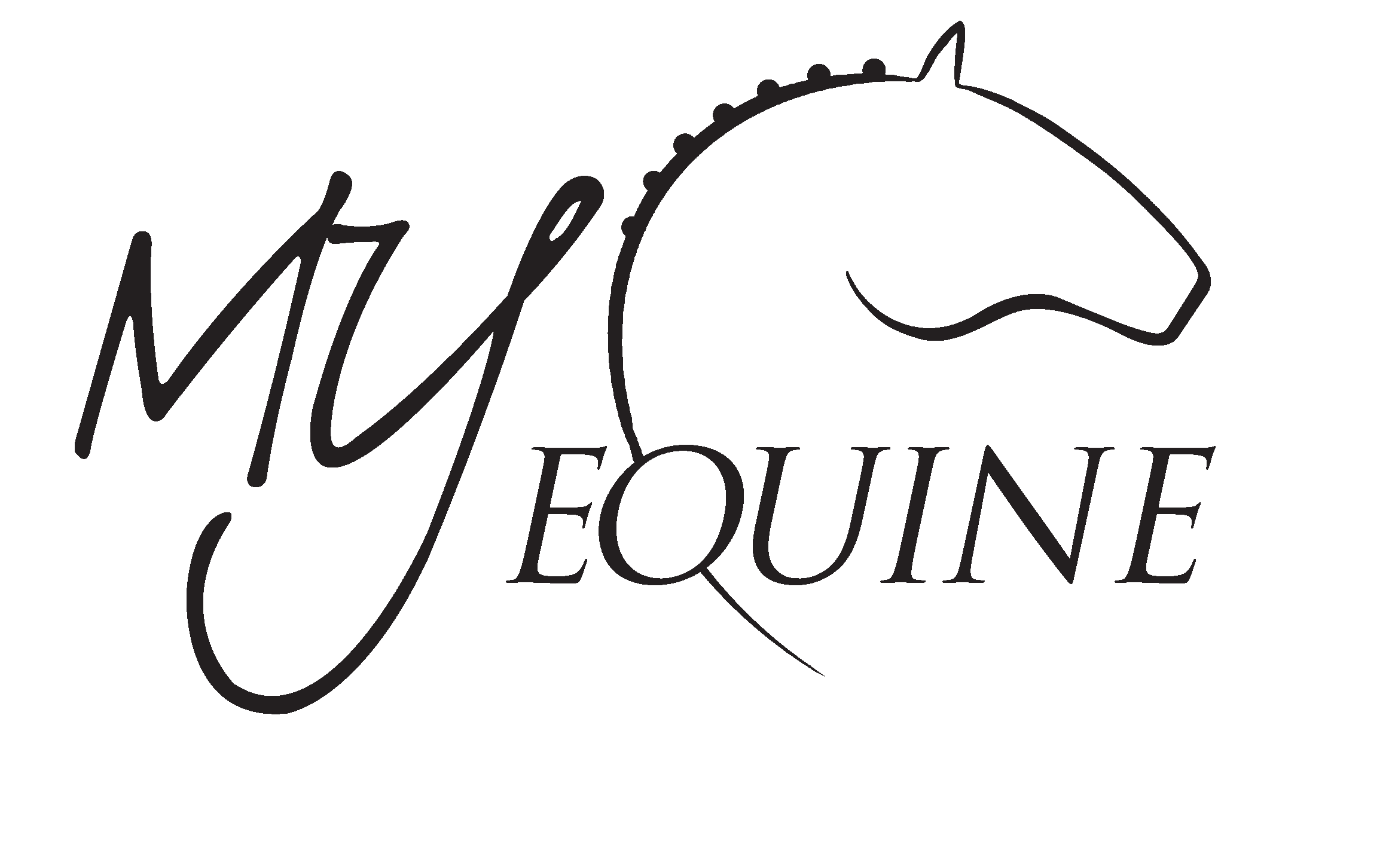Natural riders make it look easy whilst others battle endlessly to sit and maintain a balanced posture. What is their secret?
The elusive core!
The key to good riding is core function and stability. It enables a rider to maintain a balanced position, that isn’t compromised by the horse, but is still able to harmonise with the horse’s movement whilst effectively applying aids.
Covered in my blog How to improve your core stability for riding, there are numerous exercises that can help you to condition the relevant muscles. However, I am regularly asked and I regularly observe, even with the fittest of riders, the lack of core engagement awareness when riding.
So perhaps I should rephrase. It isn’t just about building core strength and tone but also about building awareness of your core and the infinite levels of muscle control, so that you can turn the volume up or down as needed.
How to locate your core

- In order to locate and engage the correct muscles when riding, we firstly need to align the pelvis and spine. Are you straight and is the weight evenly distributed between the left and the right seat bones? Is your spine upright and lengthened? Keeping the spine long, tilt very slightly forward and back to locate a weightless point of balance. (If you are having difficulty locating your seat bones, try sitting on a hard flat surface with the spine lengthened).
- With a willing assistant, have them stand facing you and next to the horse. Then, have them hold the reins to prevent you pulling directly on your horse’s mouth. Next, ask your assistant to pull against your contact whilst you resist: by imagining a downward resistance through the seat and slight upward intention through the forearm with a bent elbows.
When done correctly, the assistant can exert a good deal of pressure but is unable to pull you forward if you match the same level of pressure. If the rider’s technique is correct, minimum effort is required to remain seated and postured. It’s all about the angles and fine tuning!
What next?
- Develop and strengthen your core so that it is effective throughout your ride.
- By matching the forces exerted on your body, you can learn how to engage and regulate your core, so that you can remain balanced whilst on a moving animal,
- Take time to improve your core and balance so that you are better able to adjust your centre of mass and that of your horse’s when require
